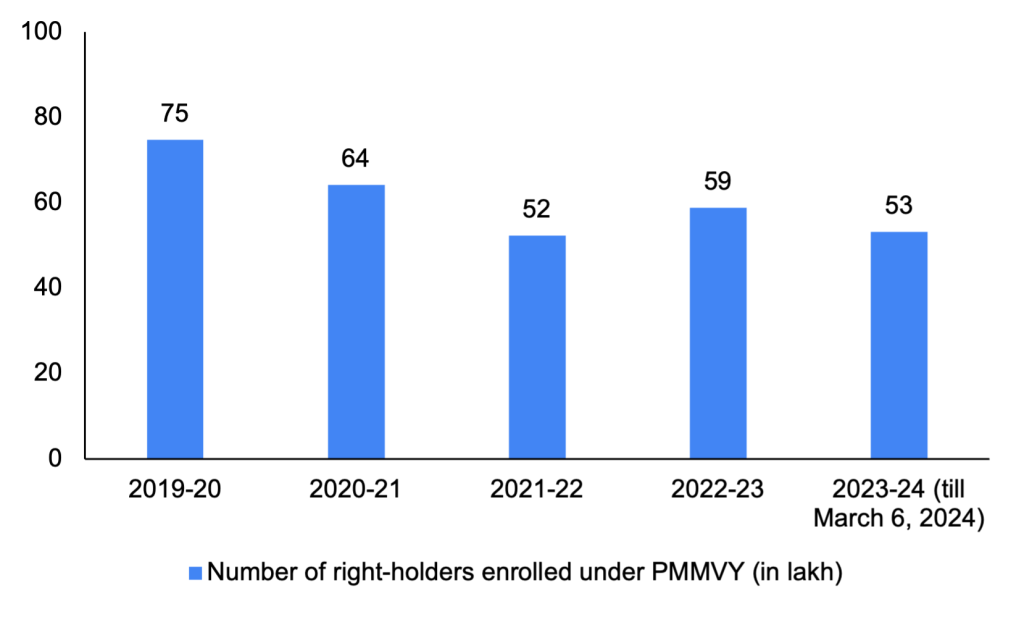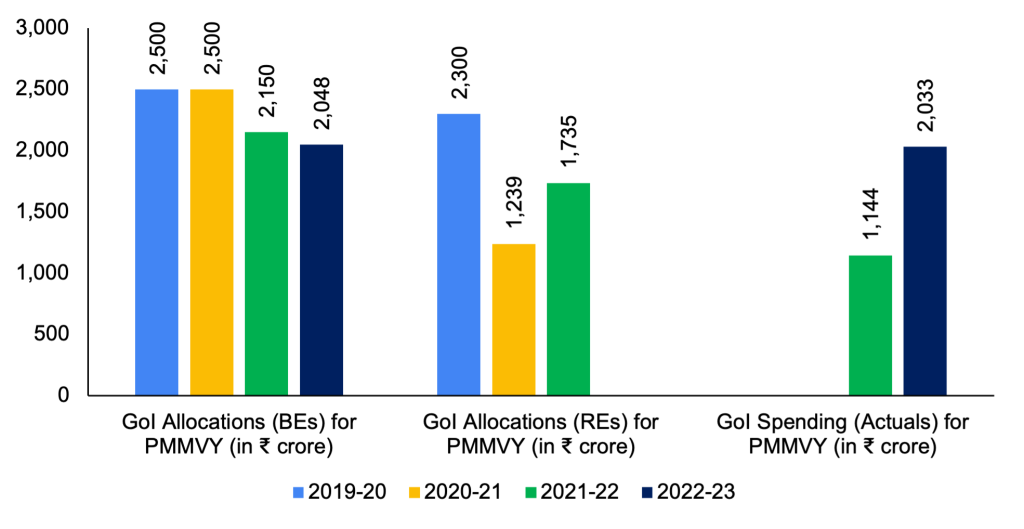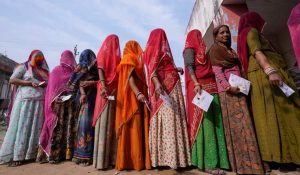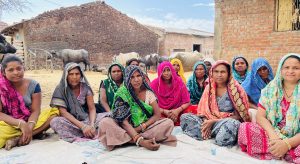[Readmelater]
In Govt’s Maternal Health Scheme, Big Gap Between Intent And Reality
Initiatives to make the Pradhan Mantri Matru Vandana Yojana more effective has not quite worked out the way it should, we find
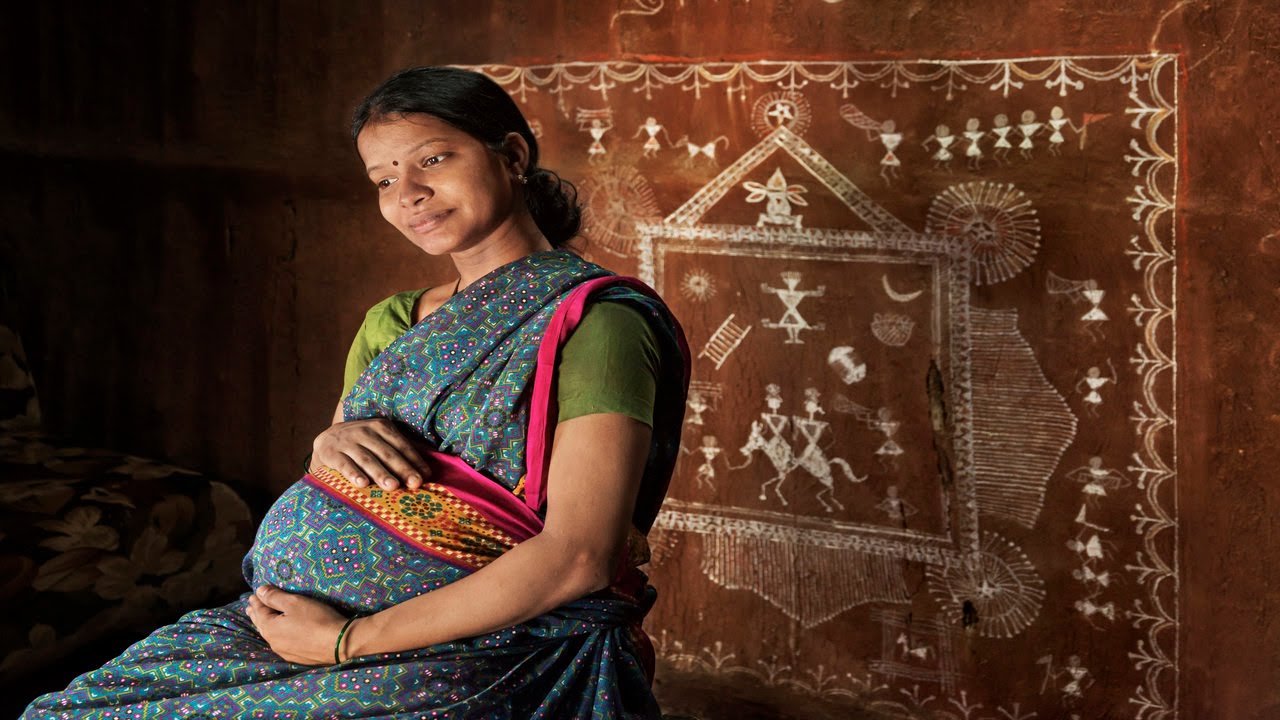
Image source - https://bit.ly/2XogZ34
Support BehanBox
We believe everyone deserves equal access to accurate news. Support from our readers enables us to keep our journalism open and free for everyone, all over the world.

